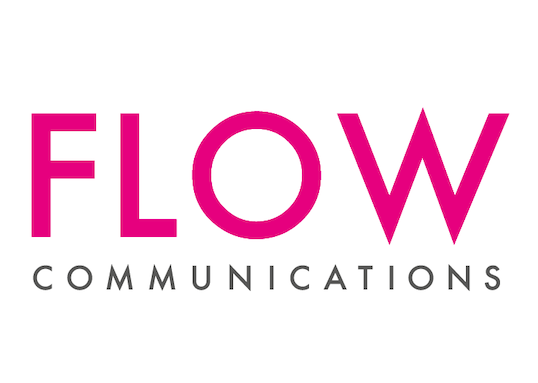Flow Communications says the days of distinct strategies for PR, social media, content, digital (and so on) are over. Today, brands and businesses invest in one communications strategy that informs tactical campaign delivery for all disciplines in the communications mix.
A good strategy will apply to every communication element: from newsletters to news briefings and from social content to symposium hosting. It won’t muck about much with tactical delivery; strategy isn’t tactics … but strategy does (and must) inform tactics. Importantly, it will be audience-centric, capitalising on market insights and segmenting audiences in line with what the brand wants them to know, feel and do.
More and more businesses are insisting on implementing strategic segmentation before writing a single social media post, setting up even one media briefing, or spending a brass cent on creative and media buys.
A centralised communications strategy brings simplicity and purpose to communications delivery. It guarantees economy of scale and ensures that the various specialist disciplines (and agencies) don’t deliver at cross purposes. It reduces intra-agency gamesmanship and helps everyone – from the creative genius in the above-the-line agency to the media buyer who is driven by budgets and reach – work together in agreeable, brand-centric harmony.
What do you need to look out for (and insist on) from your communications strategist? Here are the very basics of a good, brand-serving communications strategy:
Objectives rule: state the aim of communications clearly, concisely and with minimum fluff and bluster. Then go right ahead and include metrics to evaluate success. Clear targets encourage purposeful delivery.
Purpose and promise: decide and define exactly what your brand offers markets and audiences. Make this articulation as crisp as possible and put it at the centre of all brand communications delivery.
For the people: segment target audiences. For some audience segments, it may be sufficient to merely create brand knowledge and awareness. For others, a clear call to action to engage and support the brand may be necessary. Be clear on these distinctions and include them in the communications strategy.
Message deck: remember that the strategic messaging deck does not provide verbatim messaging. It informs the intent and spirit of messaging. Remember, too, that key messaging should be composed to address brand intent for each audience segment, and that it has to serve the purpose and promise of the brand.
Sharing is strategic caring: once approved, the strategy must be shared with the wider communications team to ensure everyone intimately understands the strategic direction of the communications. This way the comms strategy goes to work, serving the people who serve the brand. And this is as it should be.
FLOW COMMUNICATIONS
www.flowsa.com










